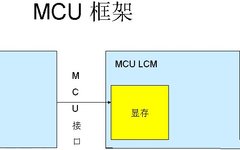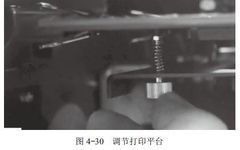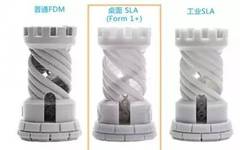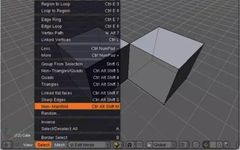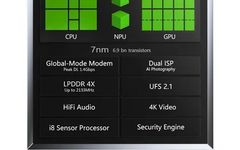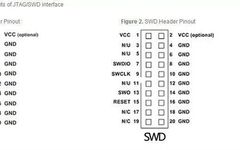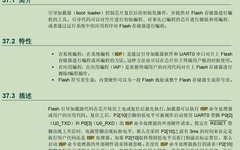Differences Between MCU-LCD and RGB-LCD Screens
There are many types of LCD screens commonly used, with various interfaces. For example, some are directly driven by the processor, while others are modules with built-in driver ICs. I previously shared about the differences between 8080 and 6800 interfaces in LCDs. Now, let’s briefly summarize the differences between MCU screens and RGB screens, as … Read more
